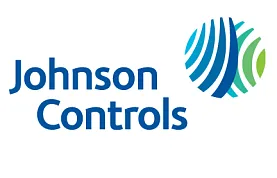
The ASHRAE Epidemic Task Force has developed guidance on mitigating potential health risks during reopening of buildings closed during the COVID-19 pandemic.
“We have reached a time where planning for a safe return to normal activities has become a priority,” said 2019-20 ASHRAE President Darryl K. Boyce, P.Eng. “Safe operation of HVAC and building water management systems are critical components of building readiness and reopening, and ASHRAE’s resources provide a framework for developing plans in a variety of building types.”
ASHRAE’s recommendations for reopening buildings are outlined in the frequently asked questions section of its COVID-19 Resources webpage. Recommendations for building readiness and reopening include the following:
“Key elements of a strategy to limit the spread of the COVID-19 virus are to perform needed heating, ventilating and air conditioning (HVAC) system maintenance, including filter changes, and to run HVAC equipment, prior to re-occupancy,” said ASHRAE Epidemic Task Force chair, ASHRAE Environmental Health Committee voting member and 2013-14 ASHRAE Presidential Member Bill Bahnfleth.
A decrease in water usage in buildings closed or with limited access during the pandemic can increase the risk of bacteria growth in building plumbing and associated equipment. Facility managers and building owners can help mitigate the risk of waterborne pathogens, such as Legionella bacteria, the cause of Legionnaire’s disease, by developing a water management plan. ANSI/ASHRAE Standard 188-2018, Legionellosis: Risk Management for Building Water Systems establishes minimum legionellosis risk management requirements for building water systems.
“ASHRAE’s building readiness guidance empowers building owners with resources and practical guidance for safer operation of HVAC systems as we cautiously transition into a post-COVID-19 world,” said ASHRAE Epidemic Task Force chair of Building Readiness guidance Wade Conlan.
The task force also recommends guidance released in the newly updated ASHRAE Position Document “Infectious Aerosols” as well as the Emerging Issues Brief.
For extensive resources and strategies on safe building reopening, visit ashrae.org/COVID19.

